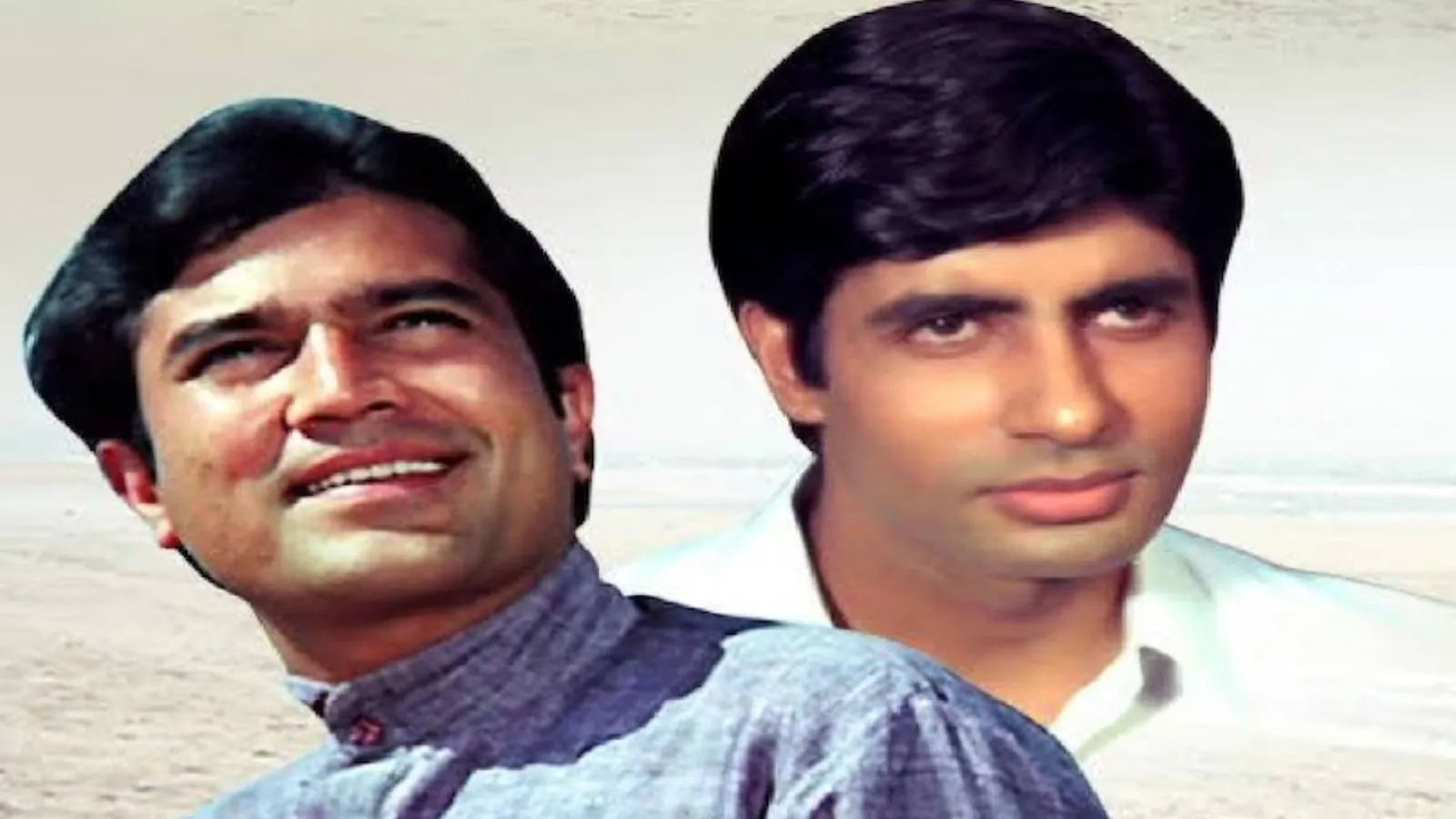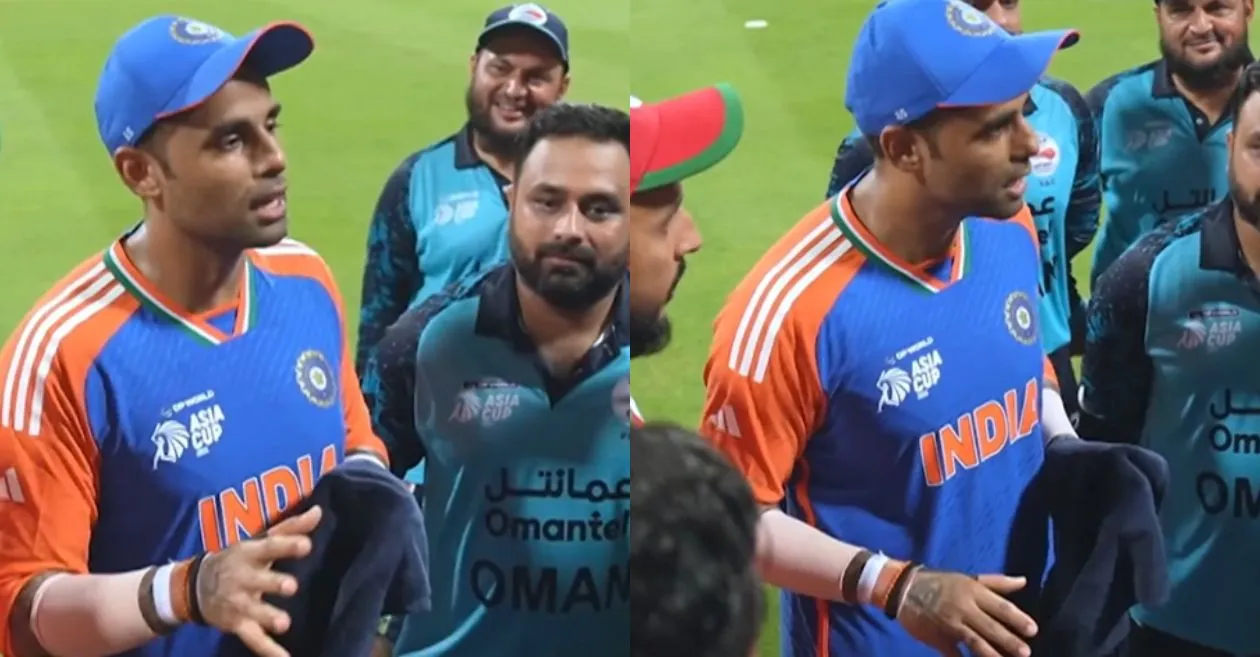By Diksha Modi,News18
Copyright news18

More than five decades ago, a film released in theatres that went on to become one of the most celebrated cult classics of Indian cinema. So overwhelming was its appeal that, in Mumbai, classrooms wore a deserted look as college students rushed to catch the screenings. That film was Anand, directed by Hrishikesh Mukherjee and released on March 12, 1971. (News18 Hindi)
Fronted by Rajesh Khanna and Amitabh Bachchan, with Sumita Sanyal, Johnny Walker, and a cameo by Dara Singh, Anand combined an emotional storyline with soulful music to deliver a cinematic experience that continues to resonate across generations. The film, made on a modest budget of Rs 30 lakh, went on to earn nearly Rs 1 crore at the box office, a remarkable feat in its time. (News18 Hindi)
The film’s enduring popularity lies in its universal theme: the art of living life with a smile despite suffering. Rajesh Khanna’s portrayal of a terminally ill patient who embraces life with optimism, and Amitabh Bachchan’s restrained role as the introspective doctor, struck a chord with audiences everywhere. Its climax, remembered for its poignancy, still evokes tears even after repeated viewings. (News18 Hindi)
The dialogues, particularly the oft-quoted “Babu Moshai”, became immortal in Indian cinema. The phrase itself was borrowed from the way actor Raj Kapoor fondly addressed Hrishikesh Mukherjee. In fact, Mukherjee later revealed that the film was inspired by Kapoor’s illness in the late 1960s, and the pain he felt for his close friend found expression through Anand. (News18 Hindi)
Equally memorable were the songs. Lyricist Yogesh Gaur, who penned “Kahin Door Jab Din Dhal Jaye…” and “Zindagi Kaise Hai Paheli Hai”, drew deeply from his own struggles in life. In later interviews, Yogesh recalled how he came to Mumbai with nothing, lived in a rented room for Rs 11 a month, and wrote out of his lived experiences of loss and longing. His lines, etched with personal sorrow, brought authenticity that audiences instinctively connected with. (News18 Hindi)
Salil Chowdhury’s music, coupled with Yogesh’s lyrics and Gulzar’s contribution to the screenplay, elevated Anand beyond just another film of the era. It went on to win eight awards, and even today, it is recommended as essential viewing for anyone who wishes to understand the soul of Indian cinema. (News18 Hindi)
For Rajesh Khanna, Anand became a defining film in his career. Despite being the reigning superstar of the early 1970s, he reportedly accepted only Rs 7 lakh as remuneration, deeply moved by the script narrated to him by Hrishikesh Mukherjee. Over the years, Khanna himself would often recite the film’s dialogues at public events, further immortalising them in popular culture. (News18 Hindi)
Fifty-three years later, Anand is not just remembered as a film but as an experience, one that made audiences laugh, cry, and reflect on life. To this day, it remains a cinematic lesson in how to find joy even in the face of inevitable sorrow. (News18 Hindi)



